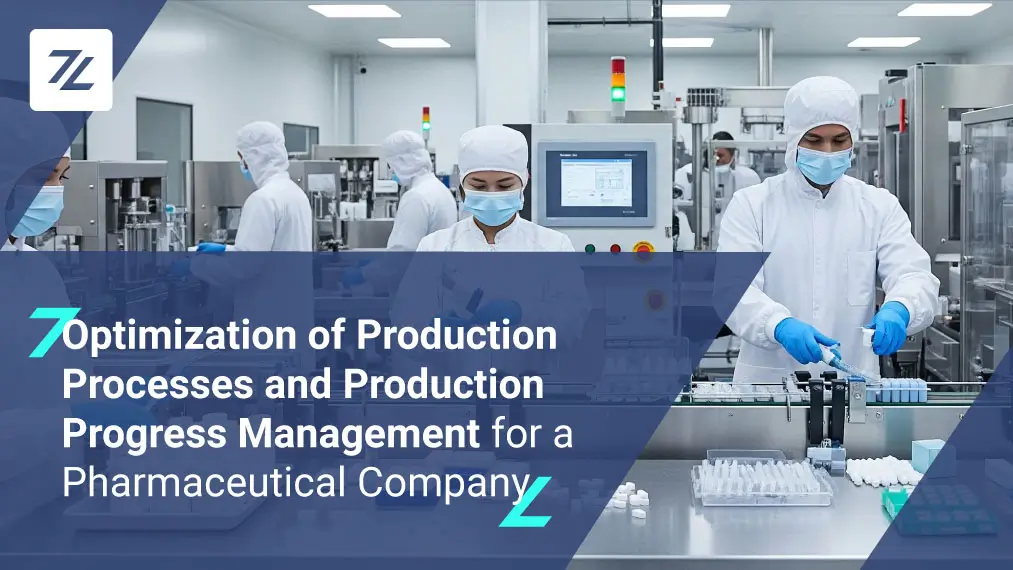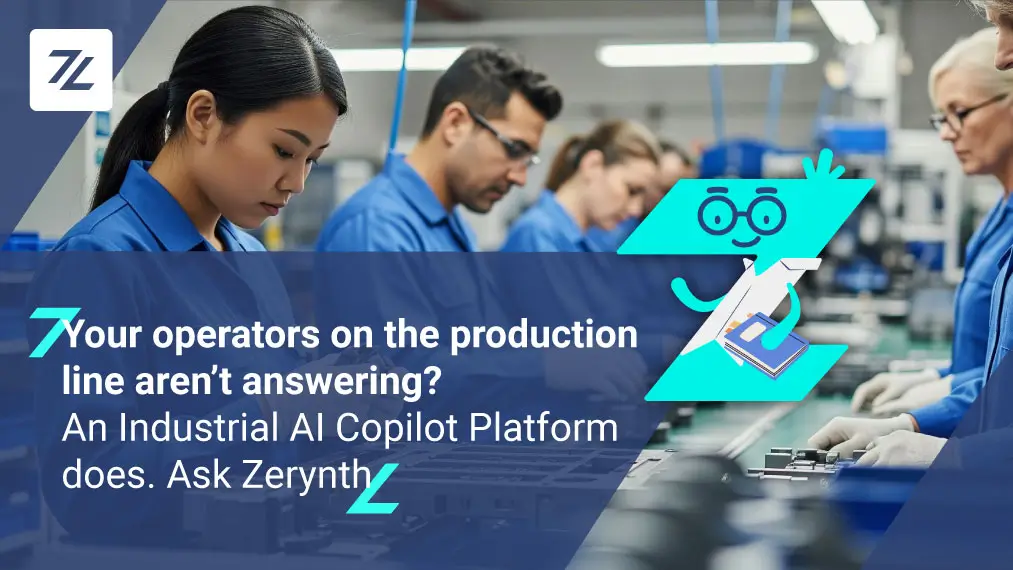Resource and energy shortages, rising production costs, and difficulty in compliance with sustainability budgets are some of the main challenges Italian SMEs face in their production process optimization.
According to the World Economic Forum, two main problems facing Italian manufacturing companies are process digitization and the need for more qualified personnel. Automating processes is fundamental to remaining competitive in the market and making their machinery perform well for production process optimization.
On the other hand, the issue of the need for more personnel is generating several complications at the level of organization and process management, highlighting a series of problems related to the generation gap of the new workforce and insufficient skills concerning the advancement of new technologies.
SMEs and IoT solutions for process efficiency
The use of IoT technology, in this context, makes it possible to monitor the performance of assets and detect any signs of wear and tear before they cause potential failures. As a result, this technology helps companies avoid unplanned downtime and maintain the optimal performance of their plants, optimize production, and reduce final costs.
Data is continuously extracted and processed on edge, making it easier to encode and process. The use of machine learning techniques makes it possible to meet these needs, making it easy to use and understand data concerning the operation of machinery, making industrial energy monitoring easy and efficient, and enabling production process optimization.
IoT technologies make it possible, and immediately, to achieve dynamic production with more fluid and interconnected processes capable of making the best use of available resources. Digital 4.0 transformation must enable manufacturing companies and machinery to ‘produce more by wasting less.’ The benefits of the transition to Industry 4.0 are indeed manifold for industries: according to a study conducted by the Productive Activities Commission, companies that have already introduced Industry 4.0 estimate a 30-50% increase in production optimization and efficiency.
KPIs to monitor for production optimization
What KPIs and best practices should be monitored to reduce waste and make the production process more efficient? There are various methodologies and techniques to optimize production processes.

Fig 2 shows the typical operation of an industrial machine and the parameters to be checked to accurately measure the operating parameters of the asset that we will consider for production process optimization.
It is, therefore, essential to be aware of the state of the machinery at any moment of its operation:
- Standby: non-value activity in which the machinery is momentarily stopped/off
- Production Time: value-based activities that indicate the time when the machinery is producing
- Setup/Attribution Phase: a non-value activity that indicates the time required to prepare a given means of production and is measured by timing the time from the last good part of the previous production to the first good part of the next production after tooling is complete.
- Material loading/unloading: a non-value activity to indicate the time during which material is loaded onto a production line before it is processed and the time during which material that has already been processed is ready
- Production Cycle: value activity to indicate the time in which production occurs.
- Machine downtime: the time when the machinery is stopped, even if not in a planned manner.
Calculating productivity: the OEE
Overall Equipment Effectiveness is a measurement factor that allows quantitative data to be collected on a company’s productivity based on availability, performance, and quality factors.
The Overall Equipment Effectiveness proposes an average of these values. Then, it uses this index as the entire process’s overall and final performance result.
It can then be used either as a benchmark, comparing the performance of a given production asset with industry standards, or as a baseline for monitoring progress over time, eliminating waste from a given production asset, and for production processes optimization accordingly.
Read our in-depth blog post to find out more.
Why choose Zerynth
Italian manufacturing companies are increasingly looking for systems that can capture data from machinery, create reports and analyses, and streamline and manage production tracking processes.
Why choose Zerynth for the optimization of your production processes?
- Plug-and-play connection of the entire factory
Connecting legacy and modern machinery makes it easy to link assets together, so you can extract data from machinery and display it on dashboards, giving you a single overview. - Integration with any IT system
Data is extracted, processed directly on edge, and then sent to the cloud for visualization. Easy integration with any BI, ERP, or MES system in the enterprise. - Connect any machinery in less than 3 hours.
Plug-and-play Industrial IoT platform with pre-configured Apps, microcontroller-based technology, and integrated Secure Element. - Solution scalability
Start with a PoC on a few machines and then scale up to a production line, a plant, or a factory.
Visit our website and resources to discover how IoT and AI technologies enable you to gain complete visibility over your factory and make strategic and informed decisions quickly, flexibly, and securely.
Share This Story, Choose Your Platform!
Follow Zerynth on
Latest Posts





